Inground vs plug-and-play hot tubs – which is best?
A plug-and-play hot tub can save you thousands of dollars, but does it stack up to the real thing?

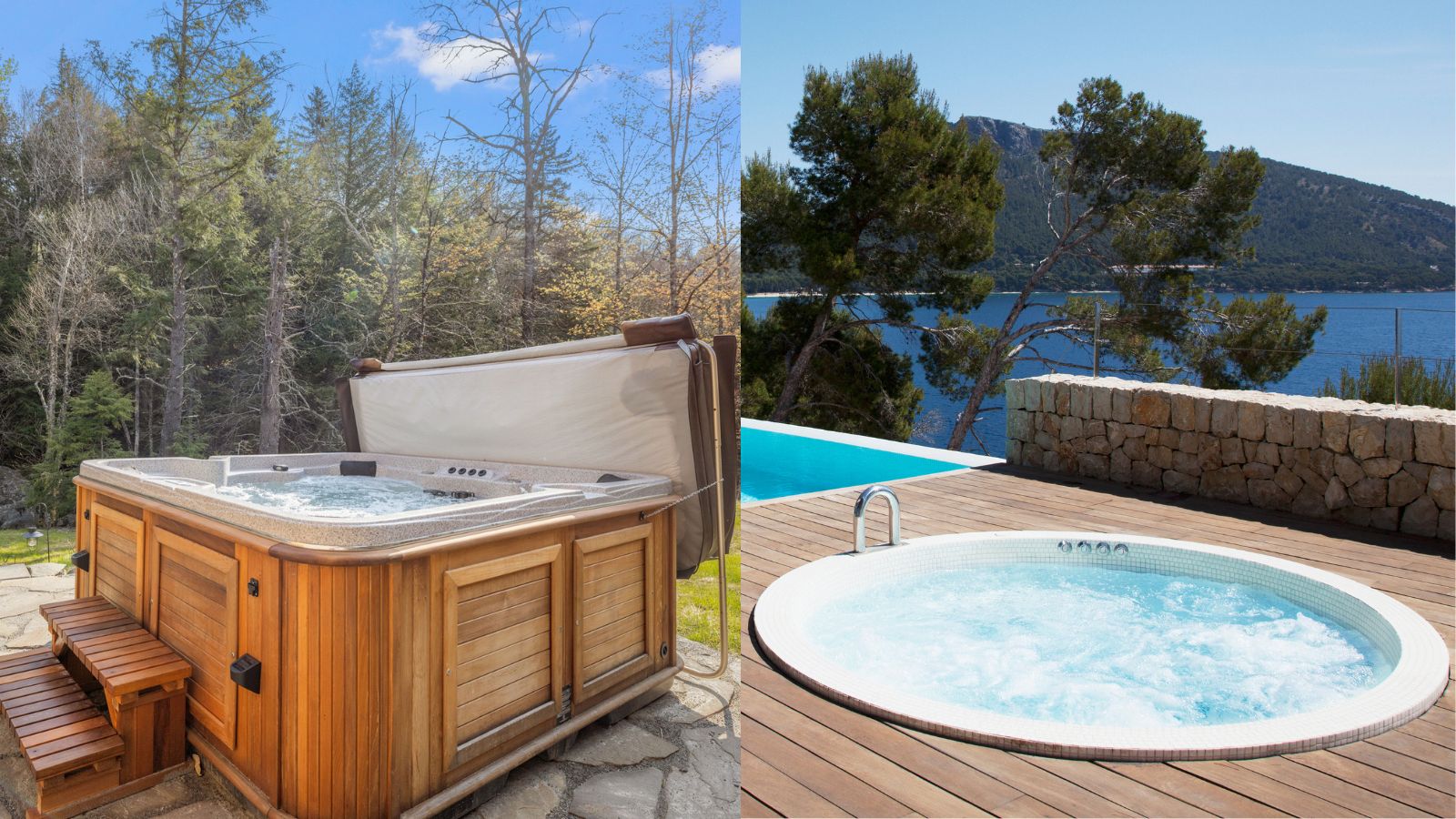
If you've ever thought about buying a hot tub, you've probably done something similar to me: looked up a local hot tub supplier, looked at the painful price tag, and immediately closed the tab.
Inground hot tubs are usually more than $10,000, so many people turn to plug-and-play options instead. But when it comes to inground vs plug-and-play hot tubs, is there any real difference?
Both types are among the best hot tubs, so I spoke to a pool expert about the different benefits of both for every sort of home.
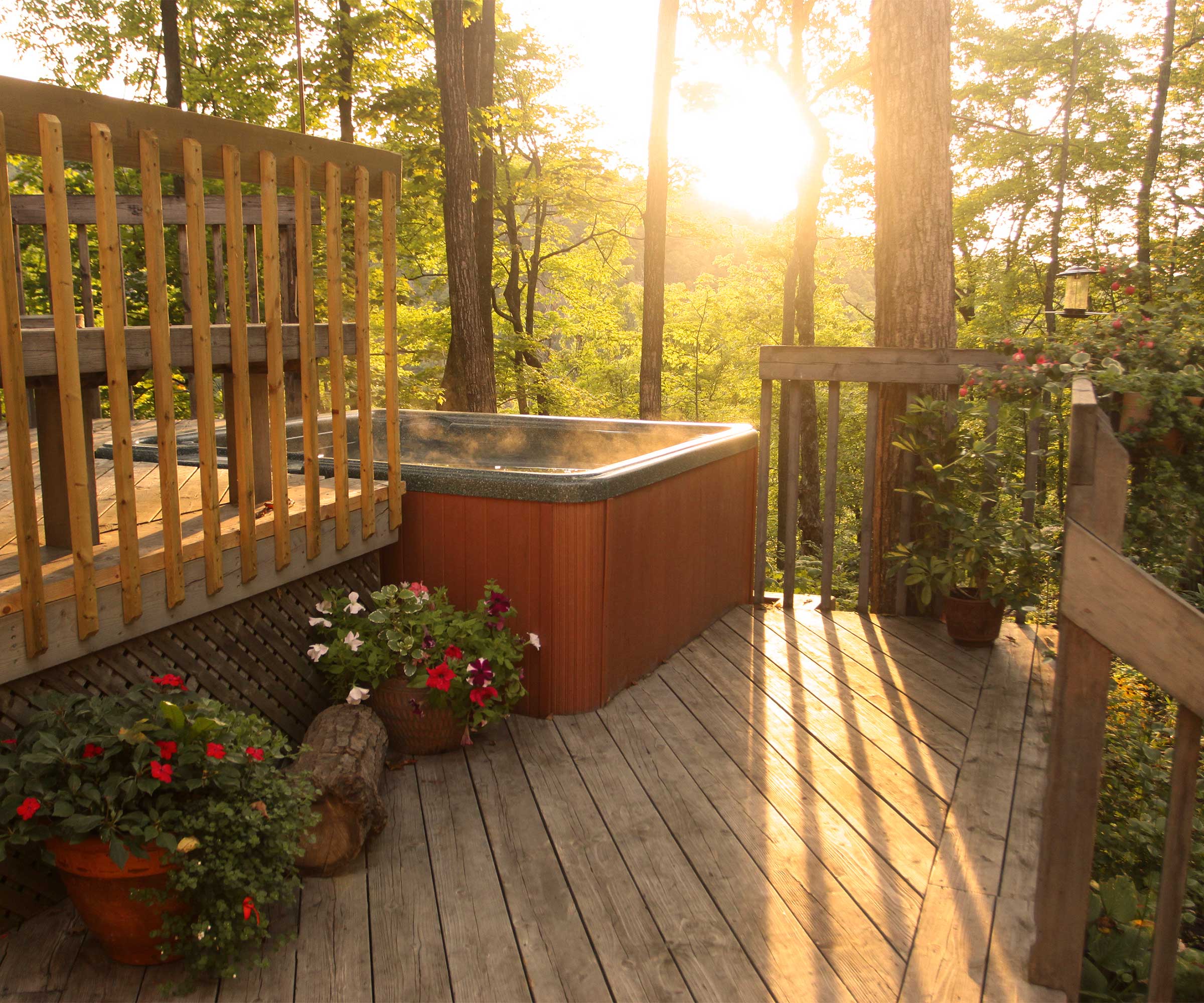
What's the difference between a plug-and-play and an inflatable hot tub?
The main difference is exactly as it sounds. An inground hot tub is built into the ground and is often tailor-made to your space.
A plug-and-play hot tub is so-called because it plugs into an outdoor outlet. You may also see them referred to as hardshell hot tubs. Unlike inground hot tubs, they don't need to be installed. You can buy one from a big box store, fill it with water, and it's good to go.
What are the benefits of a plug-and-play?
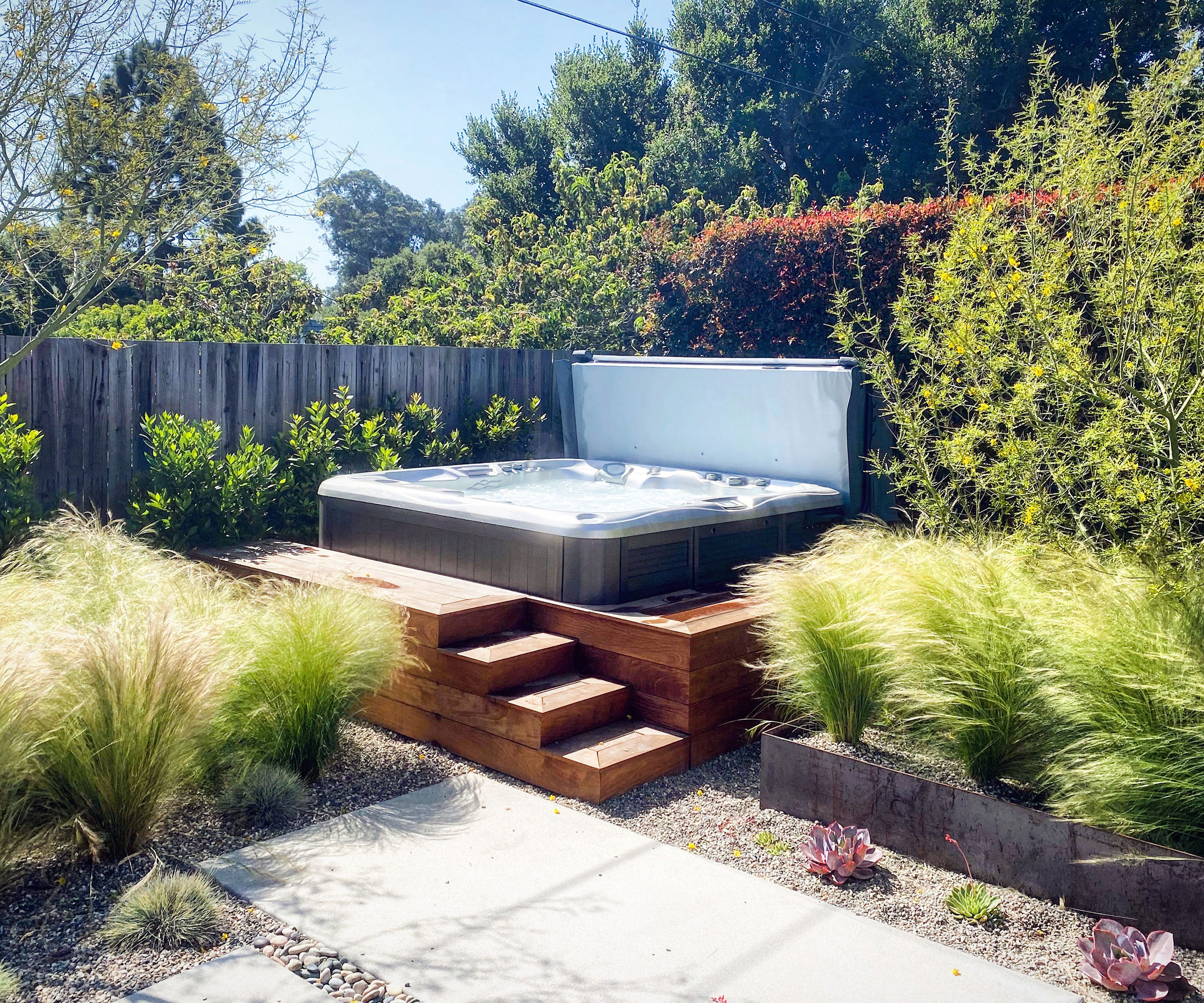
The most obvious benefit of a plug-and-play hot tub is that it is far, far cheaper than its inground equivalent. Pool expert Rafi Friedman told me that 'Plug-and-play hot tubs are generally more affordable than in-ground hot tubs. There is of course still plenty of work that goes into setting them up, including making sure they have a firm, level base to sit on and correctly hooking up the heater, filter, and electricity, but you'll spend much less overall on a plug-and-play hot tub.'
They have very similar features to inground hot tubs, especially at higher price points. There is a point of diminishing returns with inground hot tubs in terms of features, and you can find many of them in a plug-and-play for hundreds of dollars cheaper.
Design expertise in your inbox – from inspiring decorating ideas and beautiful celebrity homes to practical gardening advice and shopping round-ups.
Best of all, you can move them around, so if you redo your garden design you can find a new spot for your hot tub. This has the added bonus that your hot tub can move with you. If you're in a starter home and want a hot tub, a plug-and-play is your best bet, because you aren't shelling out thousands of dollars to build a hot tub you'll have to leave behind when you upsize.

Rafi Friedman is the president of Coastal Luxury Outdoors, a pool building, construction, and cleaning company based in Florida. Coastal Luxury Outdoors provides a five-star service to over 1,000 clients, building more than 100 pools annually.
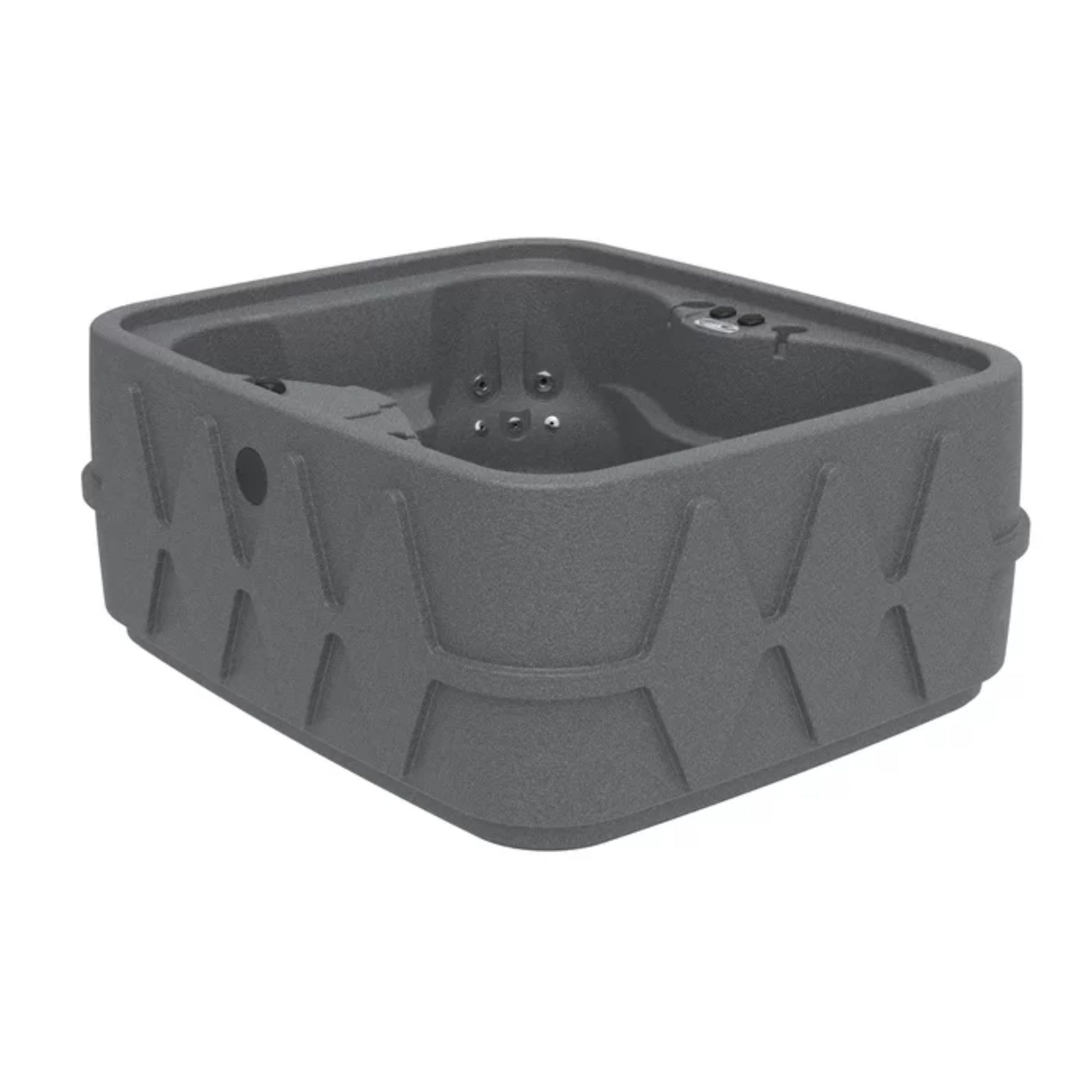
Made in the USA, this simple plug-and-play tub has everything you need.
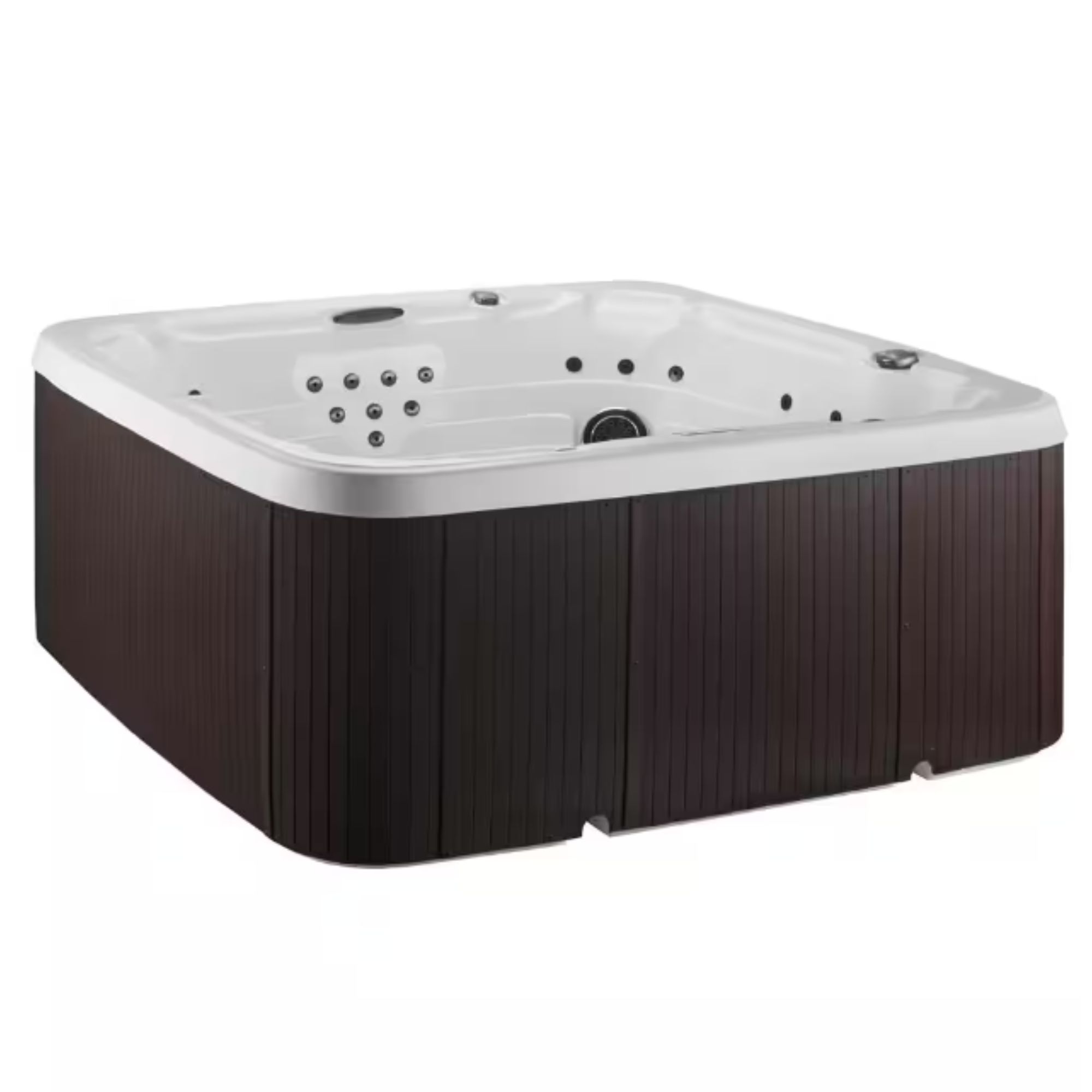
This huge hot tub is great for entertaining. Its volume and 65 jets mean that it has a seven-person capacity. It has hundreds of five-star reviews from other users, built-in LEDs, and a dedicated turbo-blaster back massager.
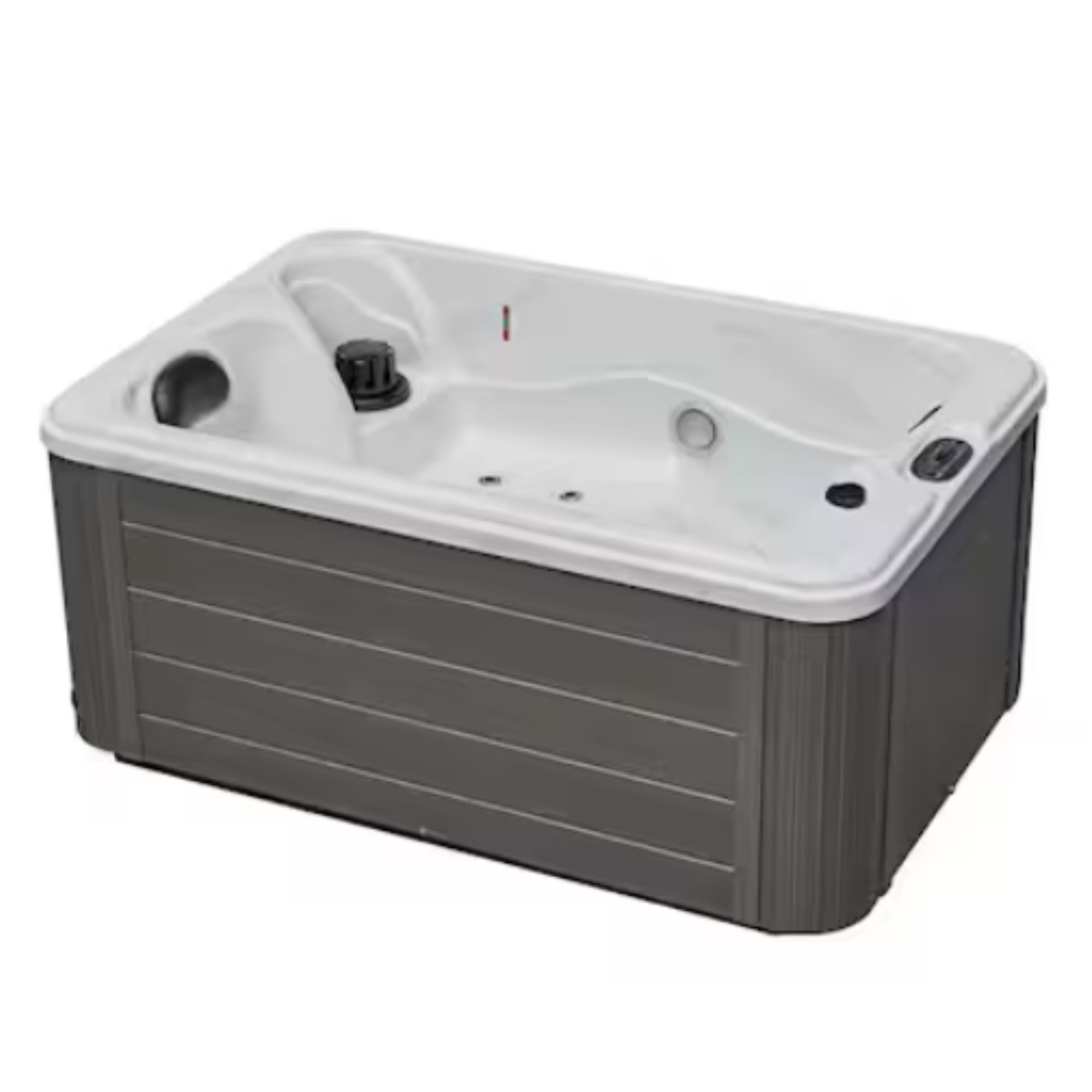
If you're tight on space, you should consider this two-person hot tub. It has 15 jets, comfortable neck pillows, and color-changing LEDs. It also includes a UV-rated spa cover and steps.
What are the drawbacks of a plug-and-play?
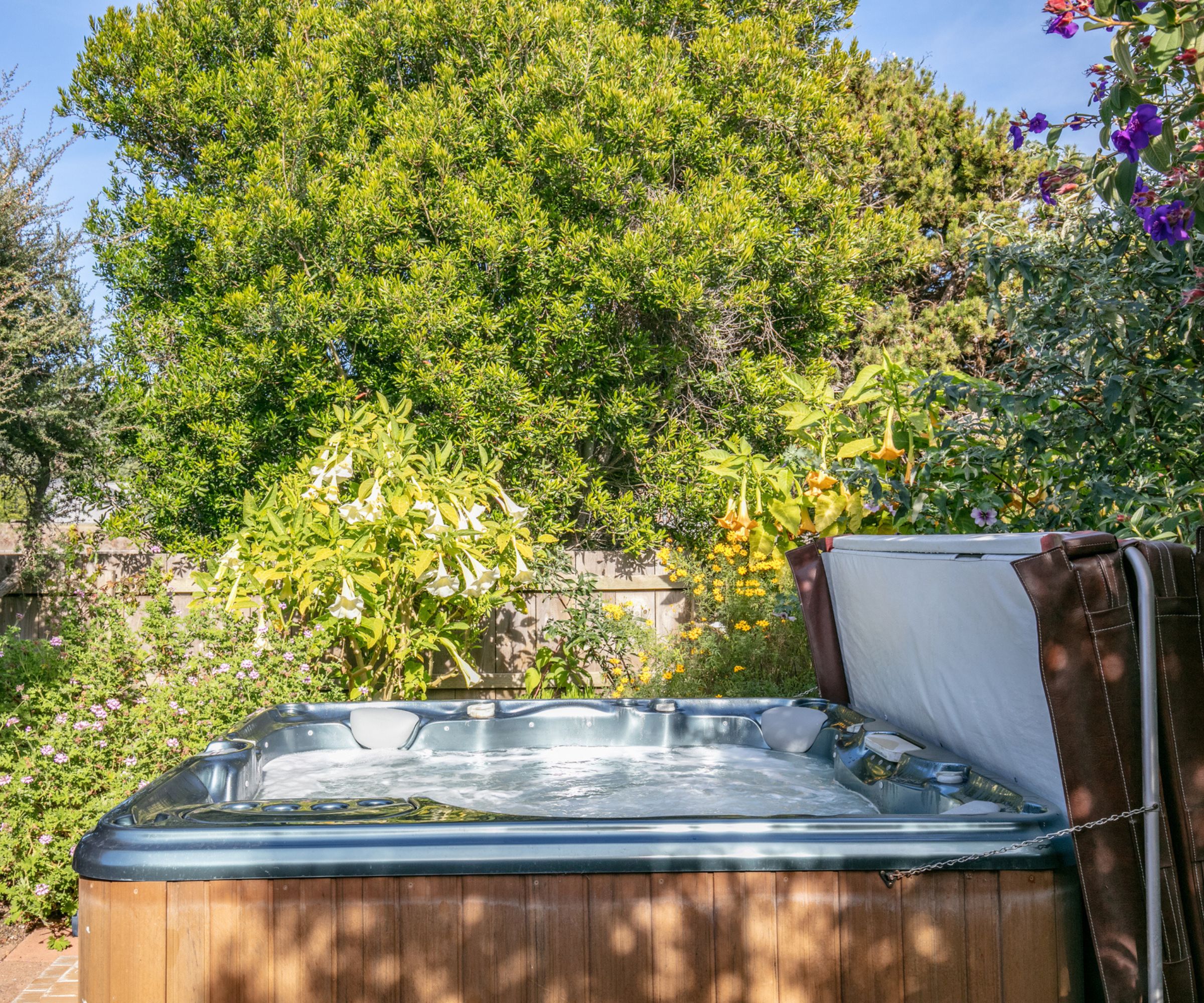
Plug-and-play hot tubs are much easier to install, but they draw much less power than inground hot tubs. This means that they take longer to heat and the massage isn't as powerful.
Plug-and-play hot tubs are less well-insulated than inground hot tubs, so in some cases they can be more expensive to run. This also compounds the effect of the low voltage, so they can take a day or even more to reach temperature.
Because plug-and-play hot tubs are cheaper, they tend to have fewer features than inground hot tubs, and you can't customize them or tailor them to your space.
They're also a lot worse if you have mobility issues for the simple reason that you have to step into them. If you're elderly or have issues with your legs, you may find it hard to clamber into your hot tub.
What are the benefits of an inground hot tub?
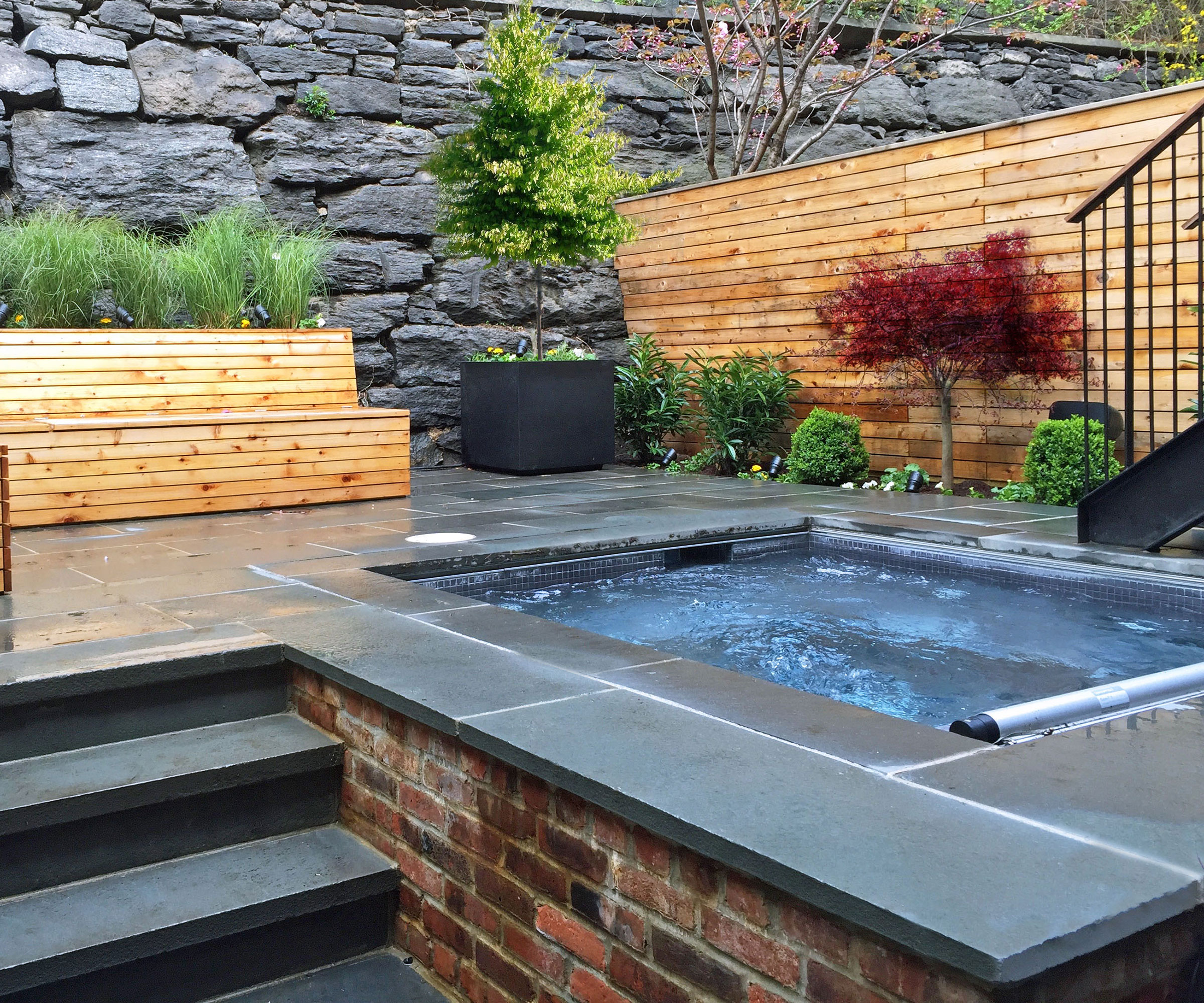
Inground hot tubs often look much better than plug-and-play options. Plug-and-play hot tubs are utilitarian plastic shells that can look a little incongruous if you take your garden design seriously. A simple inground hot tub looks less plasticky by virtue of being sunk into the ground, hiding all the pipework, plastic, and electrics. Top-line, premium hot tubs can be built into the side of a pool, which looks even better, and you can find fiberglass rock-effect spas which fit seamlessly into into your planting.
Inground hot tubs tend to run off 240v electricity, so their massage jets are more powerful and effective than plug-and-play hot tubs. This also means that they get a lot hotter a lot faster than plug-and-play hot tubs. On top of that, they're surrounded by the ground, so they're better insulated than plug-and-plays, lose less heat, and can be cheaper to run.
These tubs also have a huge range of features, and you can tailor-make them to your space. If, for example, you need a tub with interior lights, but not exterior lights, you can speak to the company and save some money on this feature. If you want all the bells and whistles - fancy massage chairs, Bluetooth speakers, TVs - you can buy them. On top of that, the tub can be made to your specifications. Inground hot tubs can be shaped to fit awkward corners that rigid, square plug-and-play tubs can't fit.
An inground hot tub can also add value to your home. It's not a huge addition, but a home with a hot tub is a more attractive proposition than one without.
What are the drawbacks of an inground hot tub?
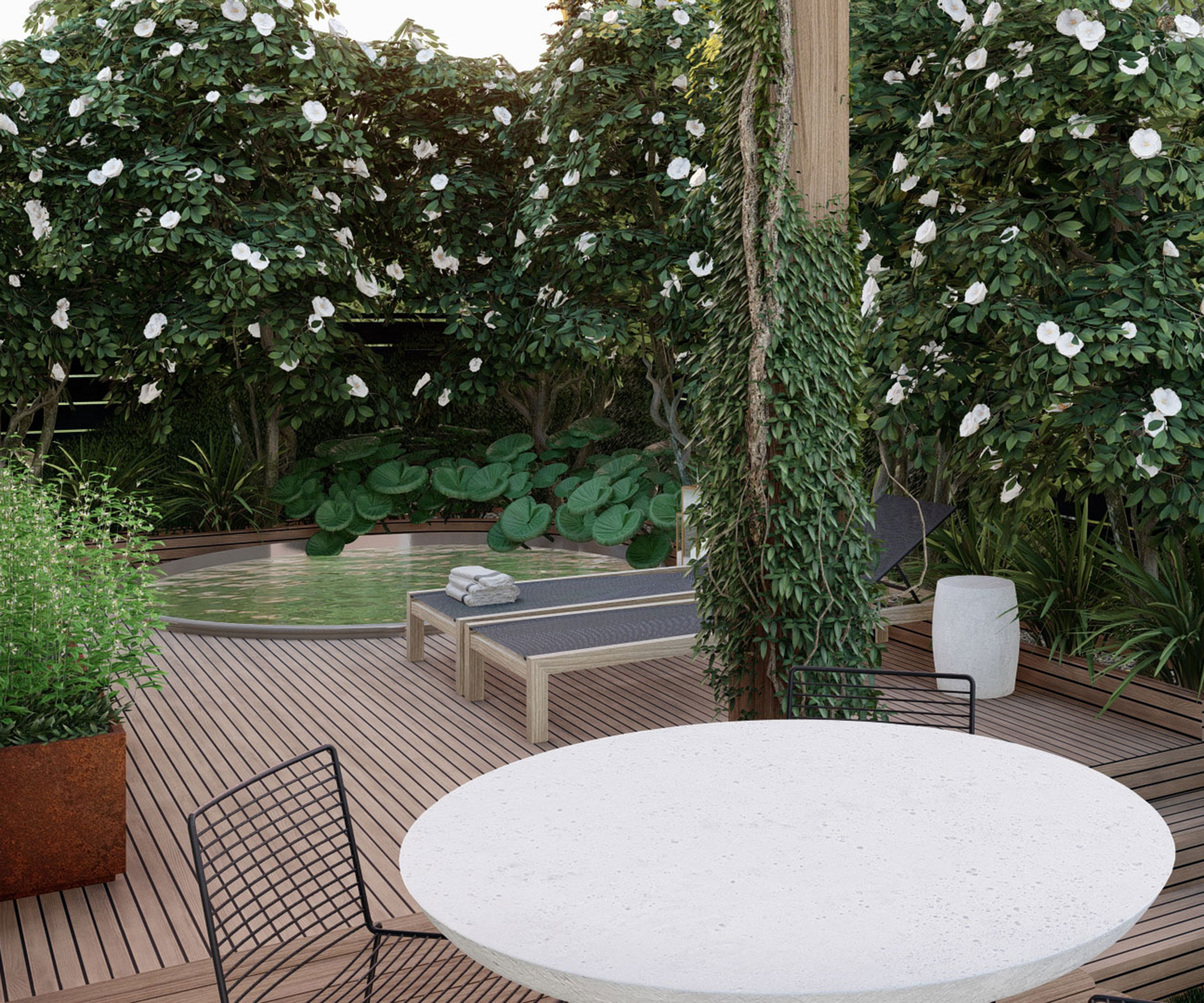
The single biggest drawback is cost. Purchase and installation of an inground hot tub is usually at least $5000, but it tends to be more like $15-20k. Unlike a plug-and-play, which almost anyone can install themselves, an inground tub needs a lot more work. You need to know how to wire and plumb it and either hire an excavator or dig out and construct a base for it by hand. When you factor in parts, labor, and the fact that these bespoke tubs cost a lot more anyway, you're looking at a very expensive investment.
You'll notice above that I haven't linked to any inground hot tubs. That's because these suppliers tend to be regional. While it's great that you'll likely be supporting a local business, this means you can't really shop around. If there are two hot tub sellers nearby and you don't like either of their options, you might be out of luck.
On top of that, you can't sell an inground hot tub. If you buy a plug-and-play and decide it isn't for you, you can sell it on, and while it will have depreciated a little, you can make back most of your investment. An in-ground tub, however, is permanent. Unless you take a hammer to the thing, you're stuck with it, and if you decide to move house, your tub won't be coming with you.
There are also all the little hassles. Because these tubs are low to the ground, they're more likely to capture leaves and pine needles as they blow across the grass. They also often need specially-made covers, because the dimensions aren't universal. On top of that, having a little watery hole in the middle of your yard is a little hazardous. It's surprisingly common for people to fall into their inground tubs.
Hot tub FAQs
How much does it cost to install an inground hot tub?
Prices vary depending on your region and the size of the tub you need, but I would expect to spend around $15-20k on an inground hot tub. The tub itself will likely cost at least $8-10k, and parts and labor for installation at least another $5k.
For more help with your hot tub, take a look at our coverage of hot tub vs sauna, or our rules for buying a hot tub.

As a gardens and lifestyle contributor, Alex makes sure readers find the right information to help them make the best purchase. Alex got his start in reviewing at the iconic Good Housekeeping Institute, testing a wide range of household products and appliances. He then moved to BBC Gardeners’ World Magazine, assessing gardening tools, machinery, and wildlife products.